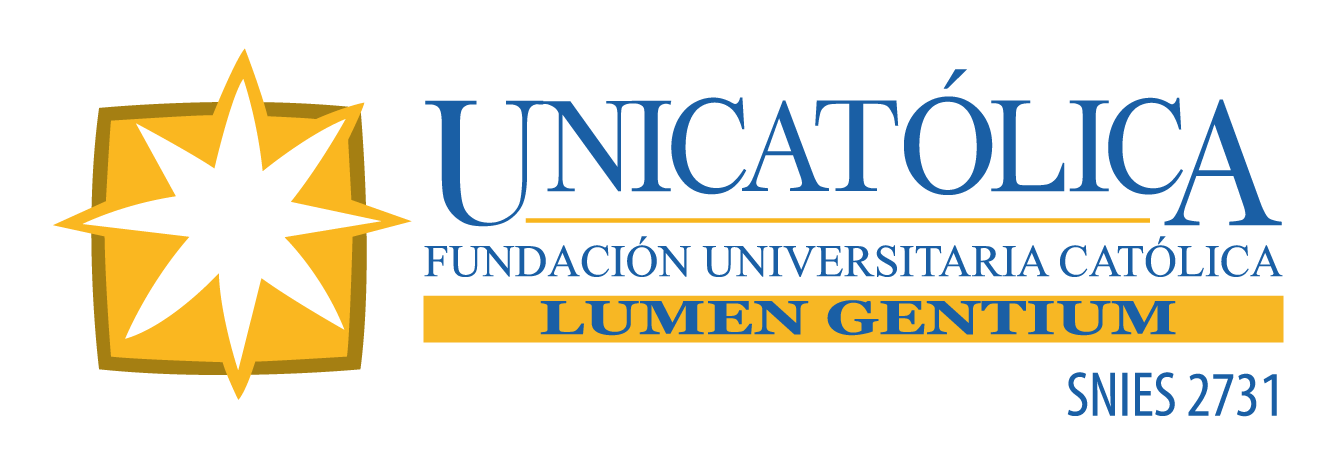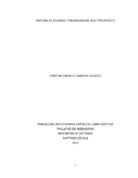Mostrar el registro sencillo del ítem
Sistema de escaneo tridimensional multipropósito
| dc.contributor.advisor | Sanchez, Carlos William | |
| dc.creator | Gamboa Caicedo, Cristian Enrique | |
| dc.date.accessioned | 2018-06-14T22:37:44Z | |
| dc.date.available | 2018-06-14T22:37:44Z | |
| dc.date.created | 2016 | |
| dc.identifier.uri | http://hdl.handle.net/20.500.12237/992 | |
| dc.description | La tecnología de escaneo tridimensional ha revolucionado el mundo con su contribución en investigaciones de diferentes campos como la medicina, la arqueología, la arquitectura, entre otros, generando modelos digitales de objetos de la vida real y permitiendo realizar procesos de análisis y estudio sin perturbar la integridad del mismo. Aunque en la actualidad se han desarrollado diferentes escáneres, cada vez con un menor costo, el acceso a esta tecnología es muy limitado en nuestro entorno. En este trabajo, se desarrolló un sistema económico de escaneo tridimensional (3D) que permite obtener información de la estructura física de un determinado objeto a partir de la cual, se genera un modelo digital. Este sistema opera proyectando un haz de luz láser en forma de línea sobre el objeto, mientras rota sobre su propio eje (eje z), el haz de luz crea un perfil del objeto, el cual es capturado mediante vídeo de alta definición (HD) por una cámara. Mediante el procesamiento digital de las imágenes capturadas se obtienen los vértices del objeto y se construye el modelo tridimensional. Para llevar a cabo esta tarea, el escáner 3D está formado por un conjunto de elementos de hardware y software como lo son: la plataforma Arduino, que permite realizar el control del hardware de escaneo, y un software desarrollado en C++ que implementando las librerías OpenCv y OpenGl, permite la realización de las tareas de procesamiento y análisis de imágenes. Este dispositivo permitirá a los estudiantes de la Fundación Universitaria Católica Lumen Gentium escanear objetos de la vida real y generar modelos tridimensionales computarizados de los mismos, facilitando el desarrollo de diferentes procesos de investigación. | spa |
| dc.description.abstract | The technology of three-dimensional scanning has revolutionized the world with its contribution in research in different fields such as medicine, archeology, architecture, among others, generating digital models of real-life objects and allowing to perform processes of analysis and study without disturbing the integrity of it. Although at present different scanners have been developed, each time with a lower cost, access to this technology is very limited in our environment. In this work, an economic system of three-dimensional scanning (3D) was developed that allows obtaining information of the physical structure of a specific object from which a digital model is generated. This system operates by projecting a beam of laser light in the form of a line on the object, while rotating on its own axis (z-axis), the beam of light creates a profile of the object, which is captured by high-definition video (HD) for a camera. Through the digital processing of the captured images obtains the vertices of the object and the three-dimensional model is constructed. To carry out this task, the 3D scanner is made up of a set of hardware and software elements such as: the Arduino platform, which allows the control of the scanning hardware, and software developed in C ++ that implements the OpenCv libraries and OpenGl, allows the realization of image processing and analysis tasks. This device will allow the students of the Lumen Gentium Catholic University Foundation to scan real-life objects and generate three-dimensional computer models of them, facilitating the development of different research processes. | spa |
| dc.format | spa | |
| dc.format.mimetype | application/pdf | |
| dc.subject | Modelado tridimensional | spa |
| dc.subject | Luz estructurada | spa |
| dc.title | Sistema de escaneo tridimensional multipropósito | spa |
| dc.subject.subjectenglish | Three-dimensional modeling | spa |
| dc.subject.subjectenglish | Structured light | spa |
| dc.rights.accessRights | info:eu-repo/semantics/openAccess | spa |
| dc.creator.degree | Ingeniero en Sistemas | spa |

